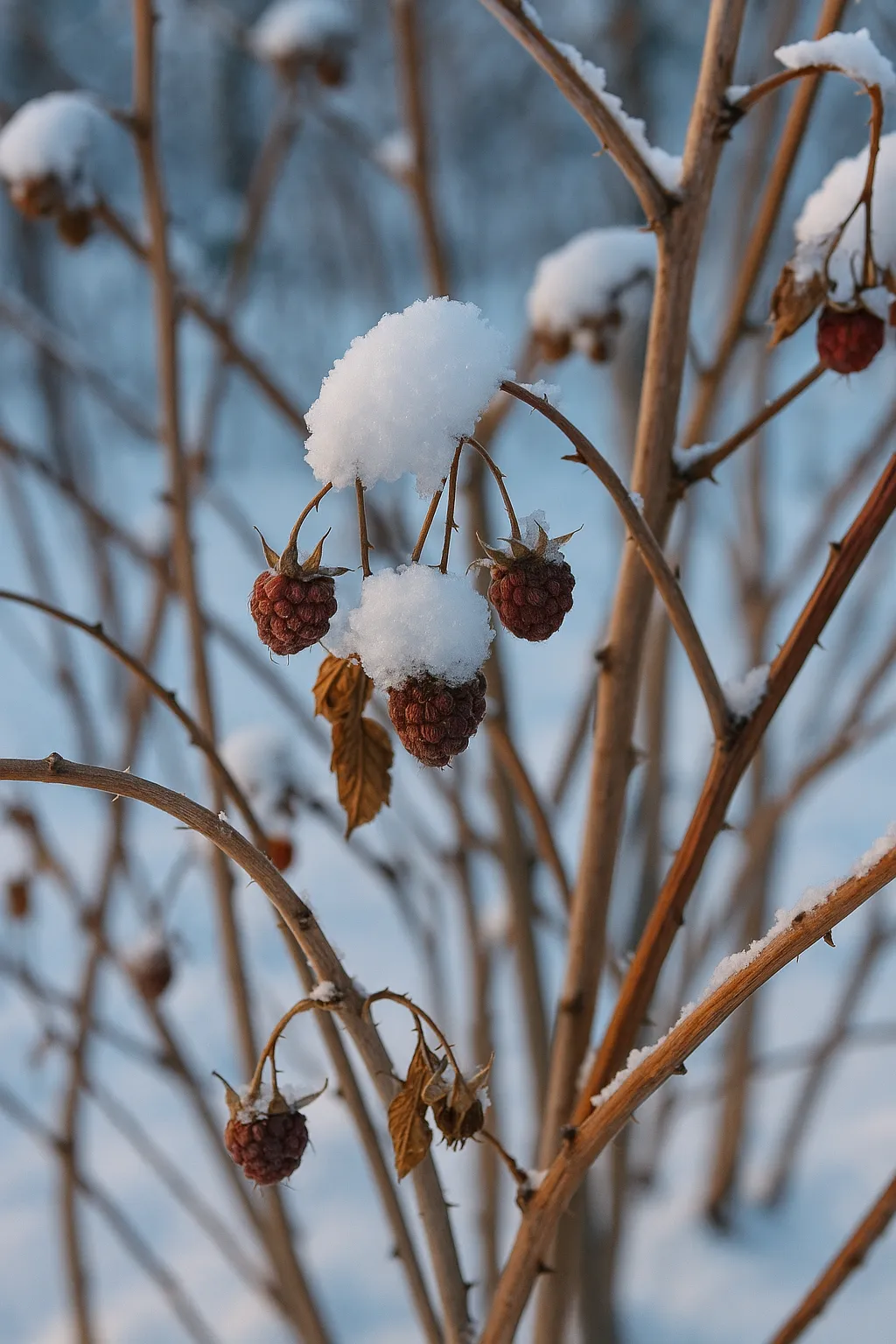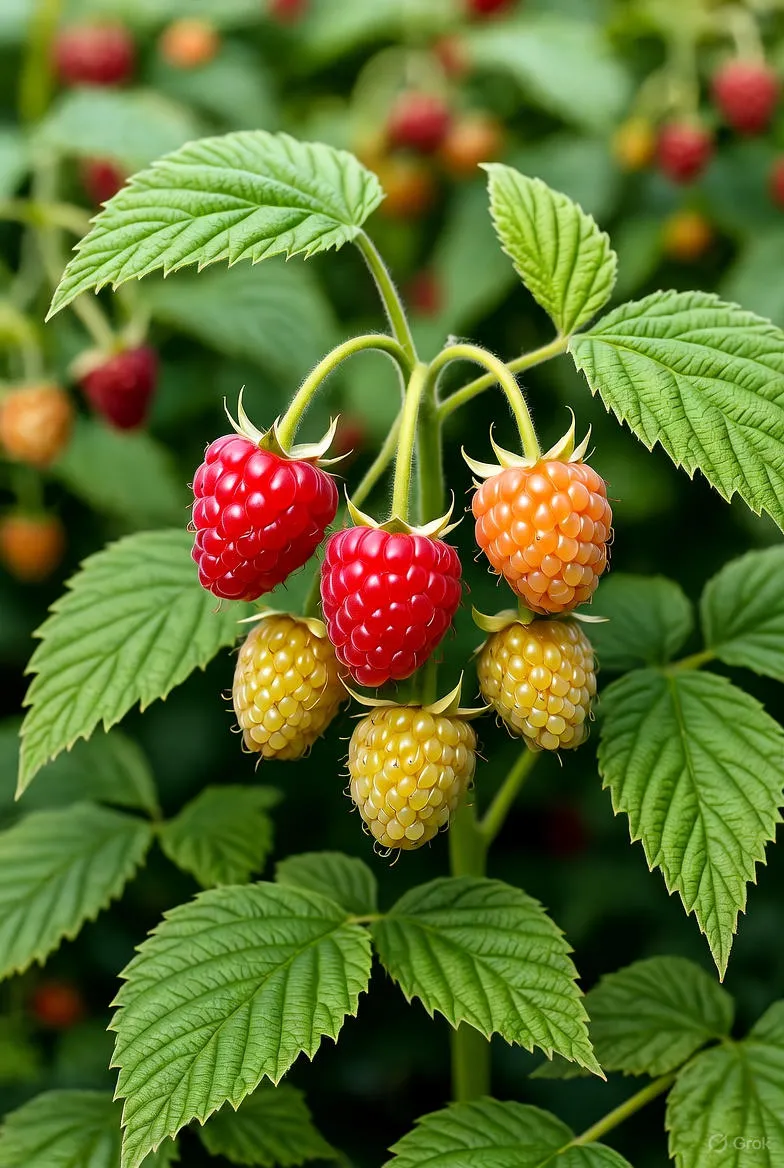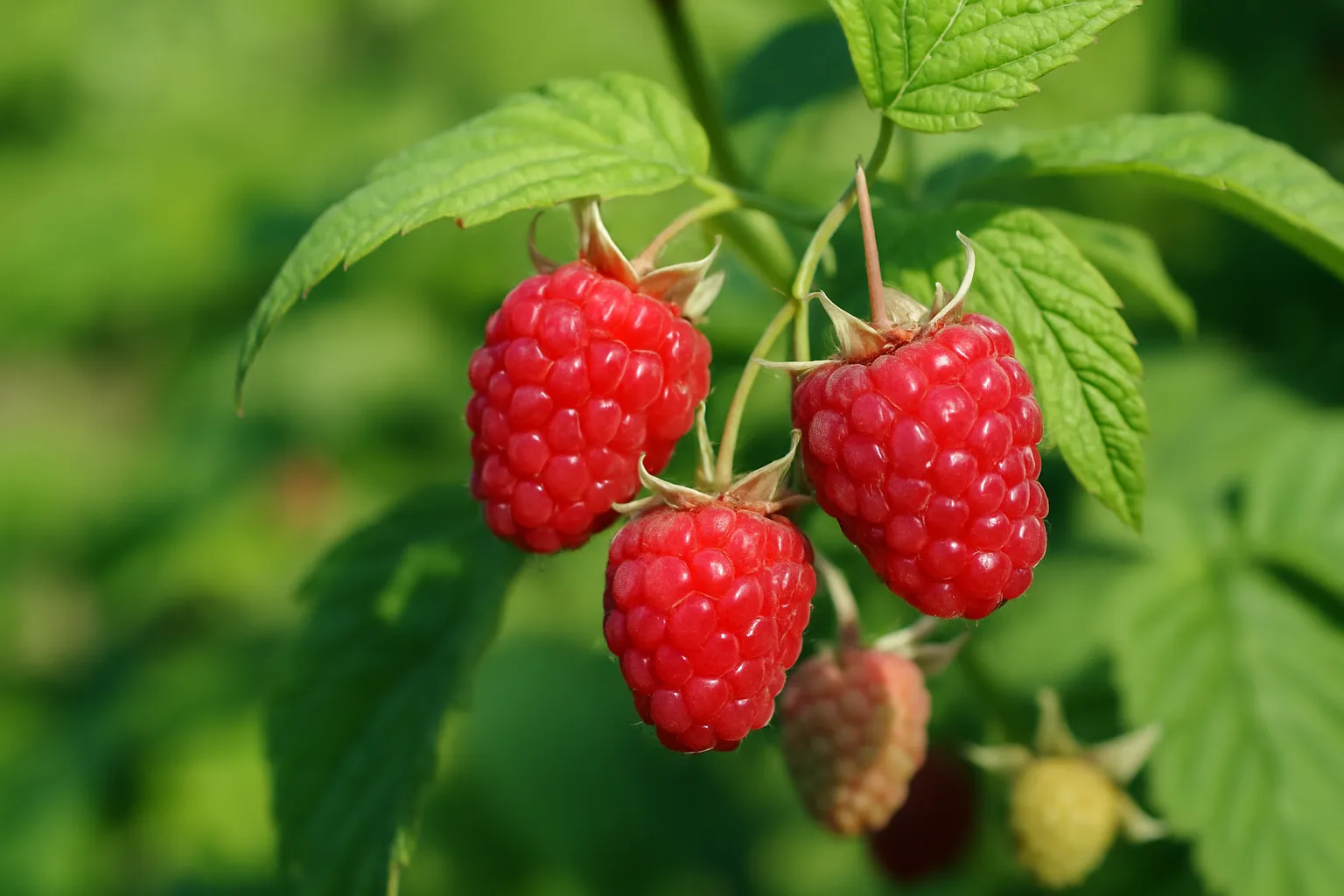How to Care for Raspberry Bushes in Winter: A Complete Guide
Learn how to protect your raspberry bushes in winter with this complete guide. Discover essential pruning, mulching, and protection techniques to ensure healthy growth and a bountiful harvest next season.

Raspberry bushes, with their sweet and tangy fruits, are among the most rewarding plants to grow in a home garden. However, to ensure a healthy harvest next season, proper winter care is essential. As the temperatures drop, raspberry plants enter dormancy, a period when they rest and prepare for vigorous growth in spring. By following a few key steps, gardeners can protect their raspberry bushes from frost damage, disease, and other winter challenges.
Understanding Raspberry Dormancy
During the cold months, raspberry plants slow down their metabolic processes. The canes that bore fruit this year die off naturally, while the new canes, which will bear next year’s fruit, need protection from harsh winter conditions. Knowing which canes to prune, which to keep, and how to insulate the roots makes a significant difference in plant survival and productivity.
Step 1: Pruning Raspberry Bushes
Proper pruning is the foundation of successful raspberry care. This step helps prevent diseases and ensures better air circulation in the next growing season.
For Summer-Bearing Raspberries
- Remove old canes: After harvest, cut down the canes that produced fruit to ground level. They will not produce again.
- Thin new canes: Leave about 4–6 of the healthiest new canes per foot of row.
- Trim for uniformity: Shorten excessively tall canes to about 4–5 feet to prevent breakage from snow or wind.
For Ever-Bearing (Fall) Raspberries
- Cut all canes to the ground: In late fall, prune all canes completely if you prefer a single heavy crop in autumn.
- Partial pruning: If you want two crops (summer and fall), cut only the fruited tops, leaving the lower portions for next year’s summer harvest.
Step 2: Cleaning the Area
After pruning, rake away leaves, fallen berries, and old mulch around the base of the plants. This helps eliminate pests and fungal spores that may overwinter in debris. Dispose of the waste—don’t compost diseased material. Clean soil also improves air circulation and reduces the risk of root rot in spring.
Step 3: Mulching for Protection
Mulch acts as an insulating blanket, protecting the raspberry roots from freezing and thawing cycles. Apply a 2–4 inch layer of organic material such as straw, shredded leaves, or wood chips around the base of the canes.
Tips for Effective Mulching
- Keep mulch a few inches away from the canes to prevent rot.
- In colder regions, increase mulch thickness to 6 inches for extra protection.
- Use natural materials that decompose over time to enrich the soil.
Step 4: Tying and Supporting Canes
Winter winds and snow can easily damage raspberry canes if they are left unsupported. Tie canes loosely to a trellis or wire support system using soft twine. This prevents them from bending or snapping under the weight of snow. If you expect heavy snowfall, consider gently bending the canes down to the ground and securing them there with stakes, then covering them with mulch or fabric for added insulation.
Step 5: Watering Before Frost
Before the ground freezes, give your raspberry bushes a deep watering. Moist soil retains heat better than dry soil, providing an additional layer of root protection. Avoid watering once the ground has frozen, as this can lead to root damage.
Step 6: Protecting from Rodents and Pests
During winter, rodents may seek shelter and food near your raspberry patch. Protect your plants by wrapping the base of the canes with hardware cloth or plastic tree guards. Keep mulch away from the main stems to discourage nesting.
Step 7: Monitoring and Spring Preparation
Throughout the winter, check your raspberry patch after heavy snowfalls or windstorms. Gently brush off excess snow and ensure supports remain intact. As spring approaches, gradually remove mulch layers to allow the soil to warm up and stimulate new growth. Inspect the canes for any winter damage and remove dead or broken parts.
Common Mistakes to Avoid
- Over-pruning: Cutting back too many new canes reduces next season’s yield.
- Neglecting insulation: Failing to mulch properly can lead to root death during severe frosts.
- Leaving debris: Not cleaning up old plant material invites pests and disease.
- Improper watering: Watering too late in the season can cause ice damage around the roots.
Benefits of Proper Winter Care
When you take time to prepare your raspberry bushes for winter, you’re investing in their long-term health. The benefits include stronger canes, higher fruit yields, fewer pests, and better soil structure. In addition, consistent winter maintenance extends the lifespan of your raspberry patch, allowing it to thrive for years to come.
Conclusion
Winter care for raspberry bushes is not complicated, but it does require attention and timing. Pruning, mulching, and protection from the elements ensure that your plants wake up in spring strong and ready to produce another bountiful crop. With the right preparation, your raspberry garden will reward you with juicy, vibrant berries season after season.
Quick Winter Care Checklist
- Prune old or damaged canes.
- Clean the area of debris and fallen leaves.
- Apply a protective mulch layer.
- Tie canes to supports or bend them for insulation.
- Water thoroughly before the first frost.
- Guard against rodents and pests.
- Inspect canes periodically during winter.
By following these simple steps, you’ll ensure that your raspberry bushes survive the cold months and come back stronger, greener, and more productive than ever in the following season.


